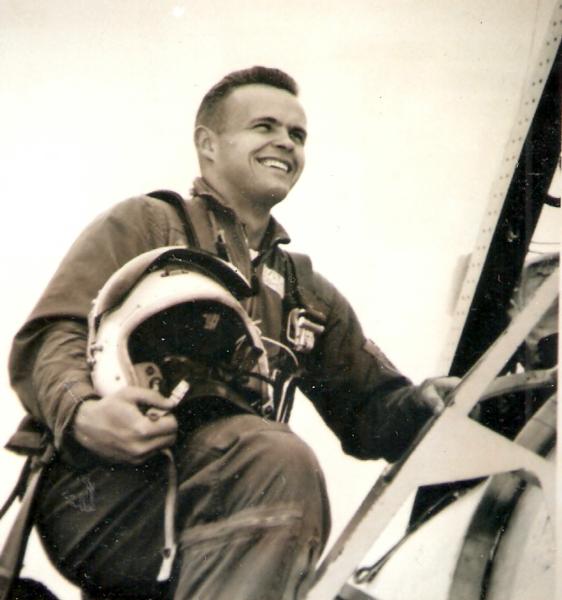
Vietnam
-
MIA
Fallen
Grand Forks, ND
Circumstances:
In , NORTH VIETNAM
Hostile, died while missing, FIXED WING - PILOT
AIR LOSS, CRASH ON LAND
From DPAA:
Captain Martin William Steen entered the U.S. Air Force from North Dakota and served in the 469th Tactical Fighter Squadron. On May 31, 1966, he was the pilot of an F-105D Thunderchief (tail number 61-120, call sign "Cactus 2") in a flight of four on an armed reconnaissance mission over enemy targets in North Vietnam. After making a pass over the target, Capt Steen radioed that he had been hit, and that he was unable to control his aircraft so he would eject. The other pilots observed Capt Steen's ejection and notified search and rescue aircraft immediately. A rescue helicopter arrived and lowered a pararescueman to Capt Steen's landing area, and located the downed pilot's parachute and harness in the trees near (GC) 48Q VJ 641 875; however, no sign of Capt Steen was found and continued search efforts failed to locate him. His remains were never recovered. Following the incident, the Air Force promoted Capt Steen to the rank of Major (Maj). Today, Major Steen is memorialized on the Courts of the Missing at the National Memorial Cemetery of the Pacific.
Based on all information available, DPAA assessed the individual's case to be in the analytical category of Deferred.
Body was not recovered
Biography:
Capt. Martin Steen was assigned an operational mission over North Vietnam on May 31, 1966. His F105D was one of a group of "Thuds" that would, during the course of the war, make more strikes against North Vietnam than any other U.S. aircraft. The Thunderchief also sustained more losses than any other U.S. aircraft. Steen departed his base at Korat in south central Thailand, flew north over Laos and turned eastward into North Vietnam to a target along the Red River about 80 miles northwest of Hanoi. On egress from the target, Steen radioed that his aircraft had control difficulties and he would have to eject. From here, the story fragments. According to Defense Department notations, a parachute was seen functioning normally, but the harness was empty (indicating that either Capt. Steen was improperly harnessed and fell - or that the parachute was seen on the ground, discarded). The Air Force states that Capt. Steen landed, observed, in a mountainous area and that emergency beeper signals were heard during descent and after landing. Further, the Air Force states that rescue attempts were made, but that Capt. Steen could not be located.
